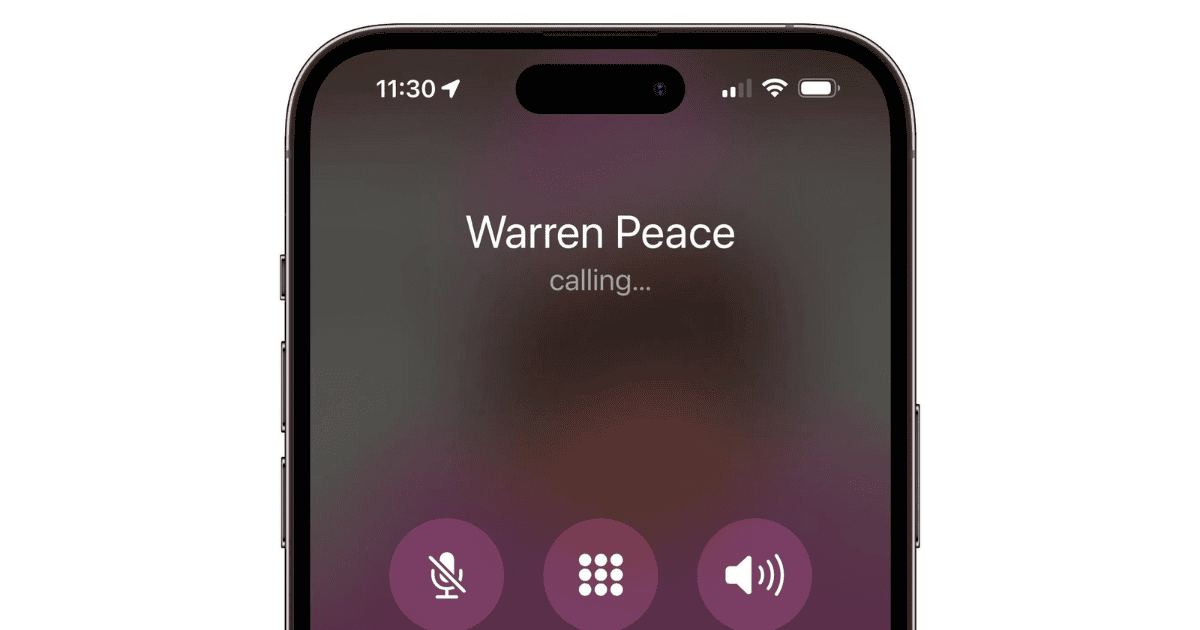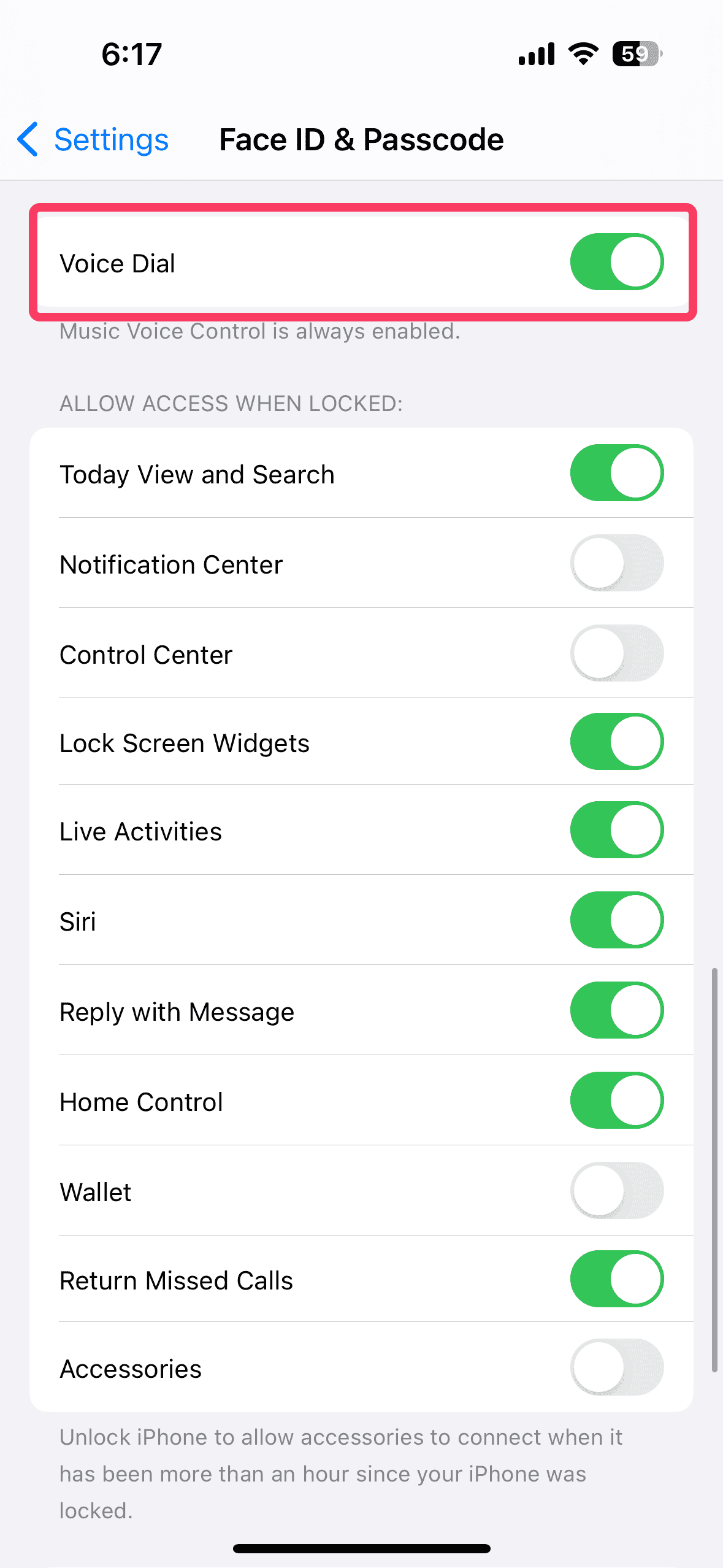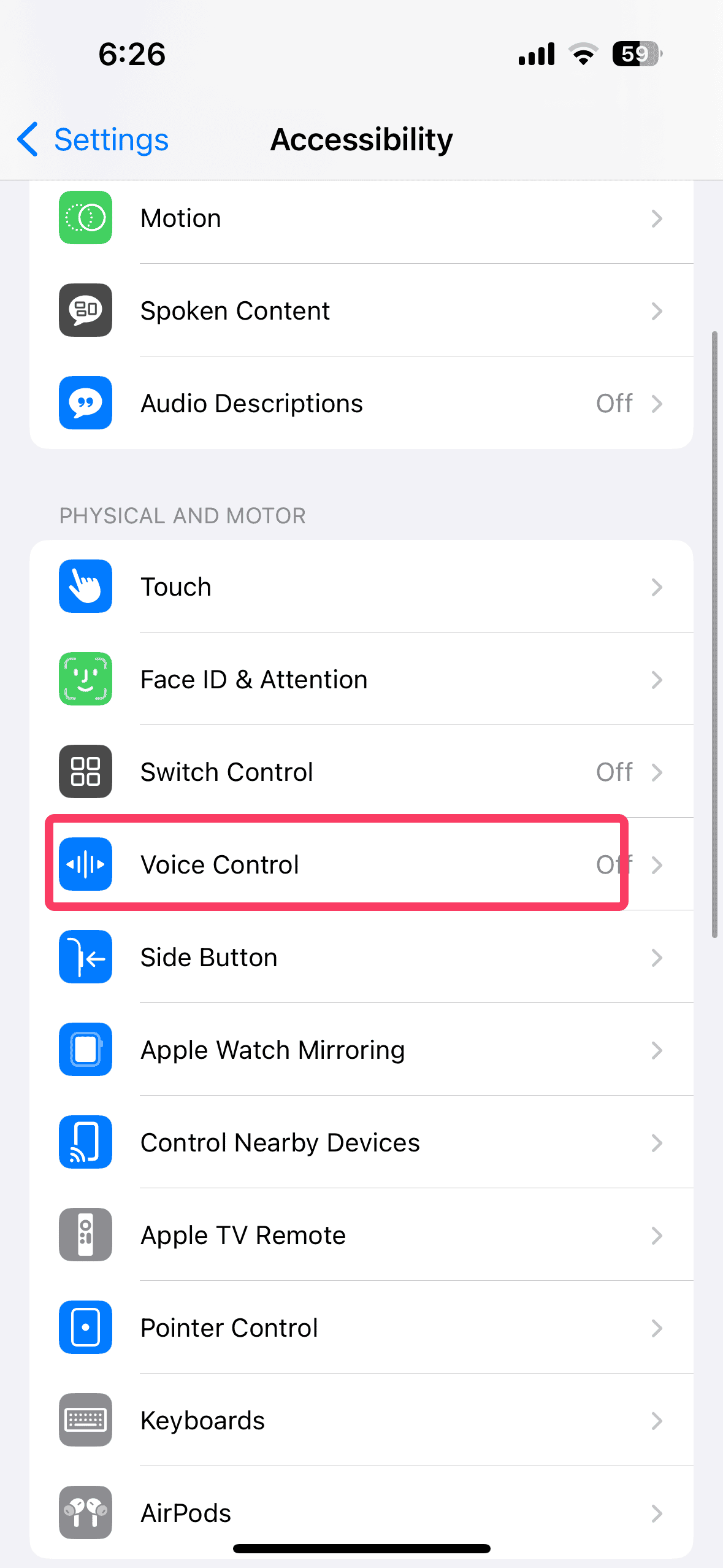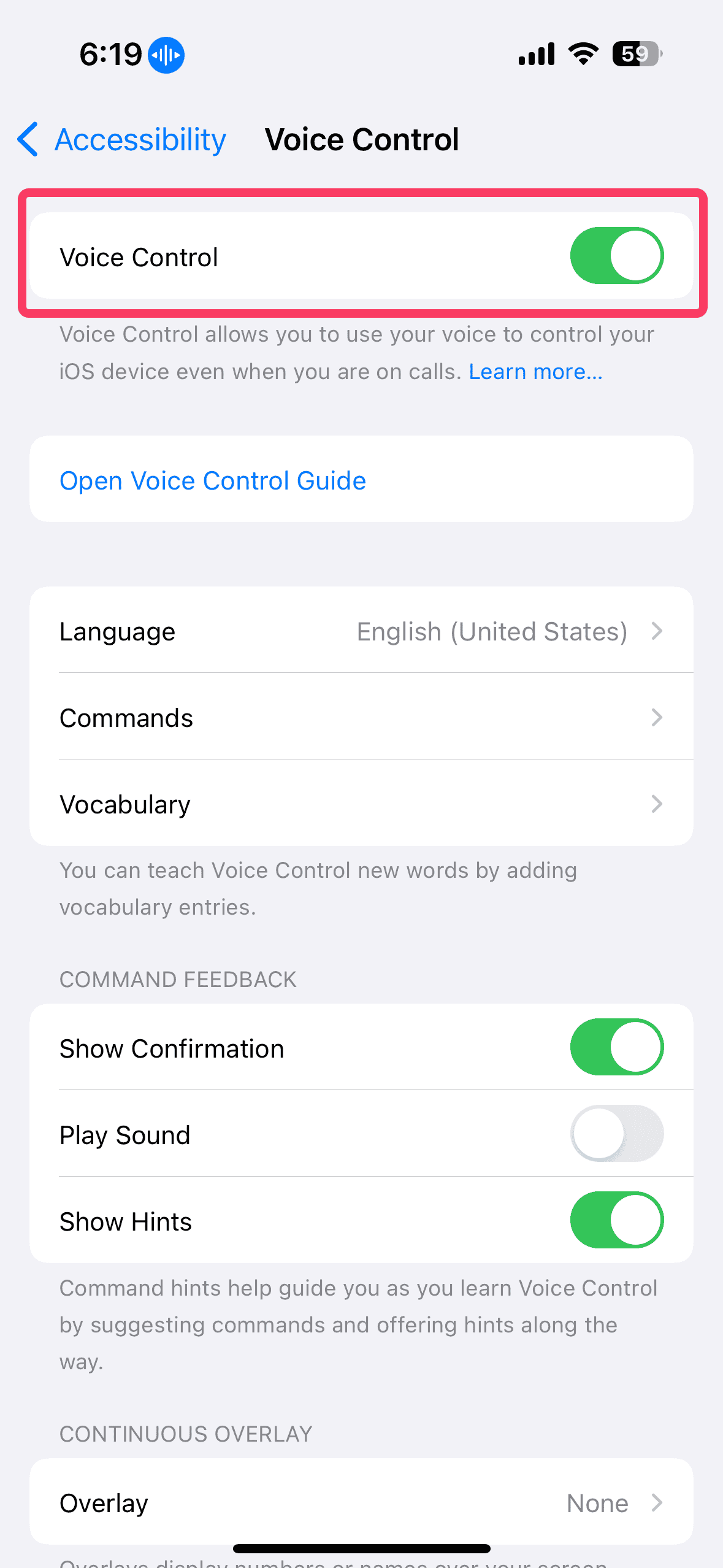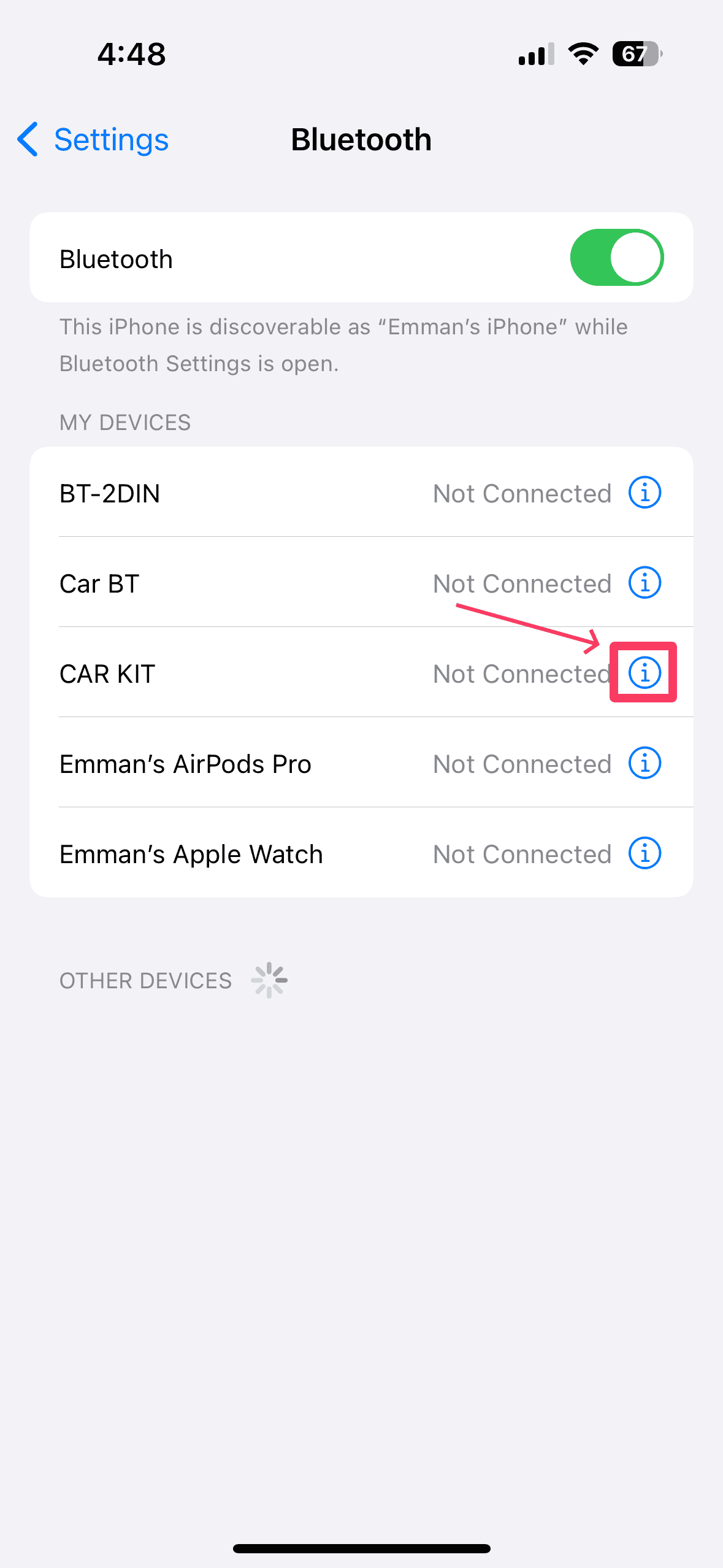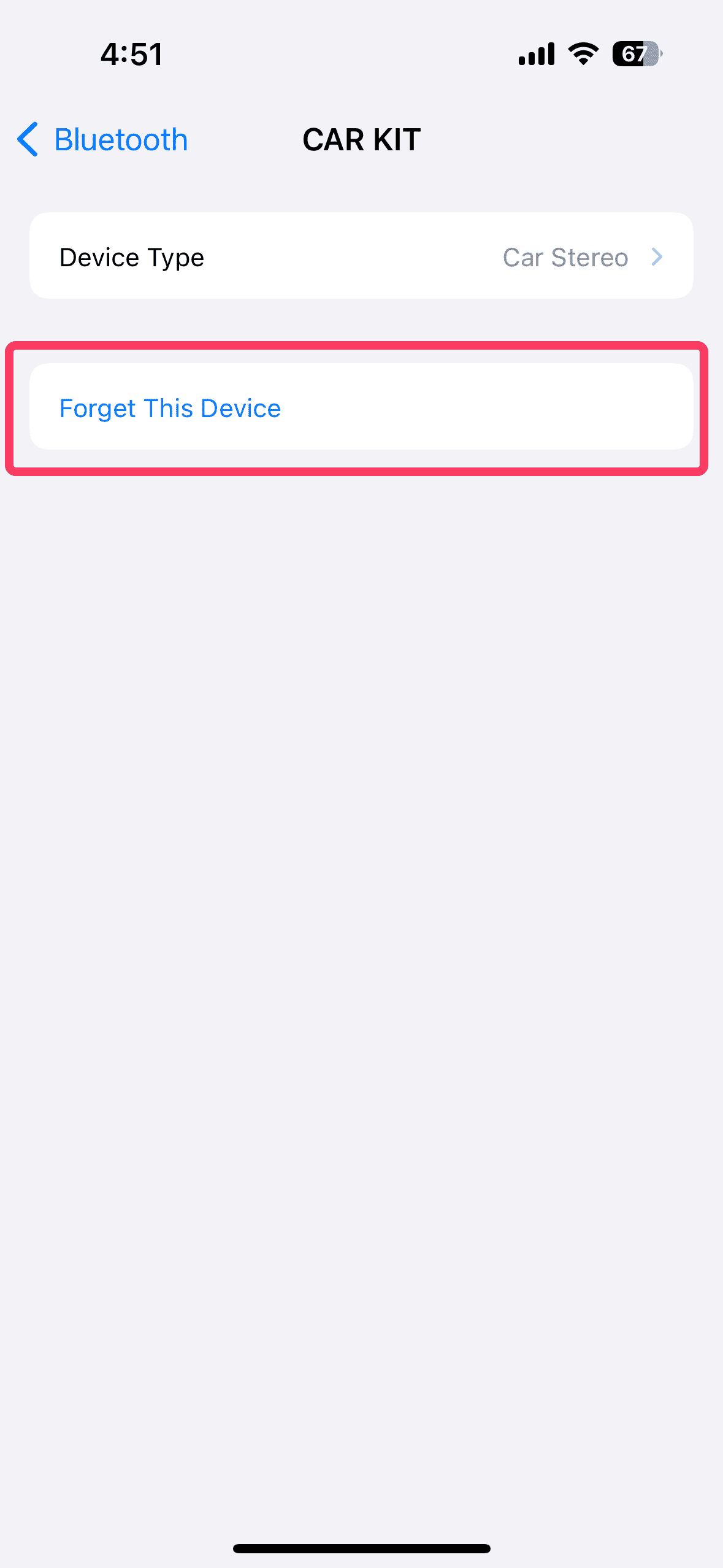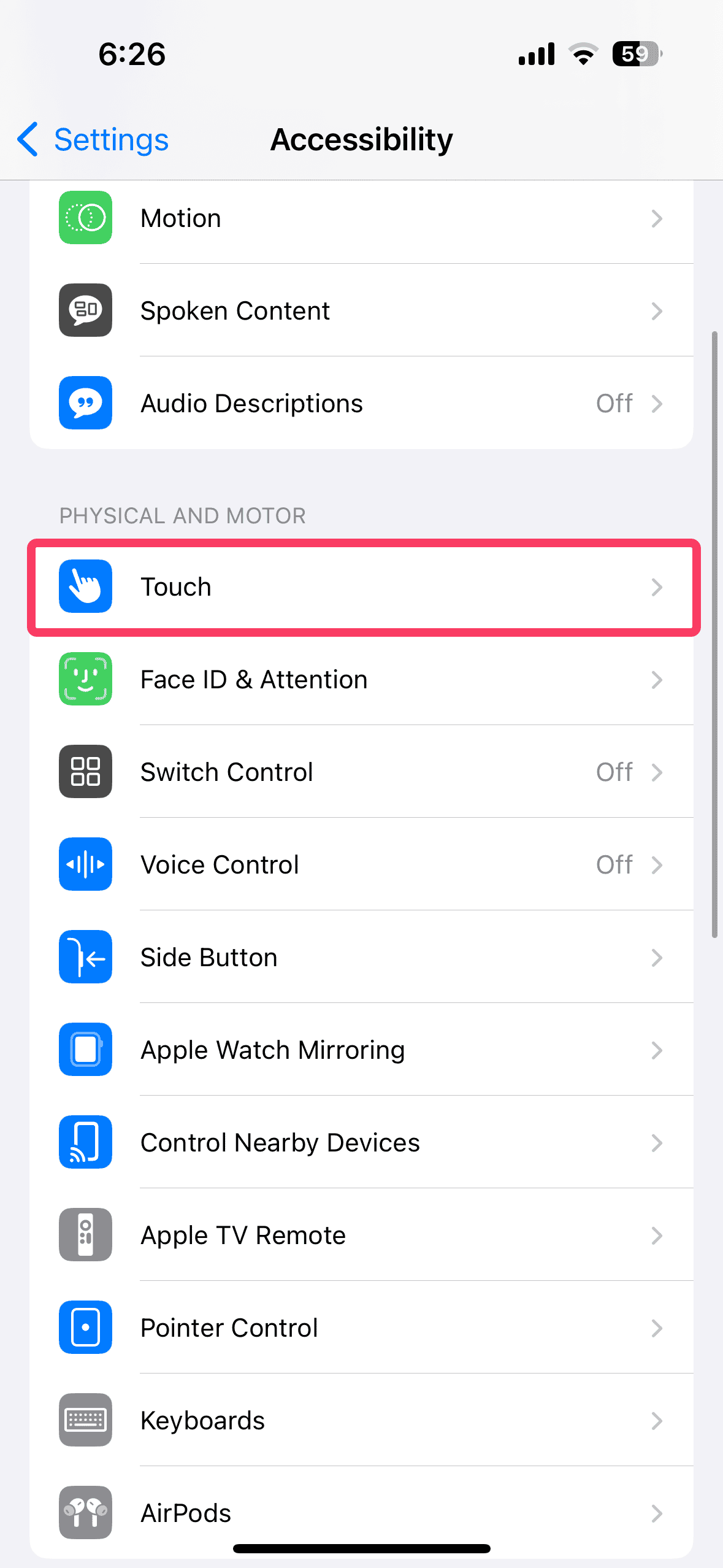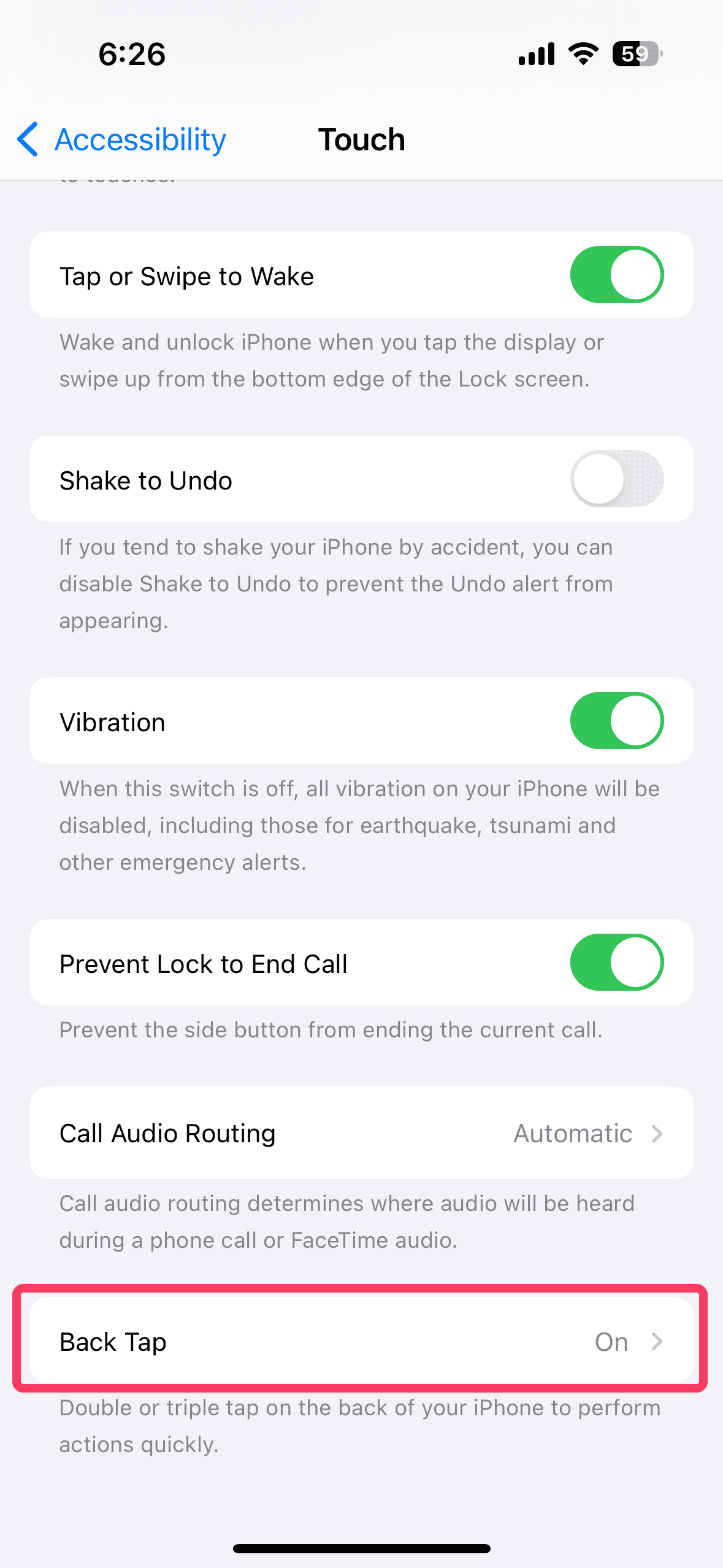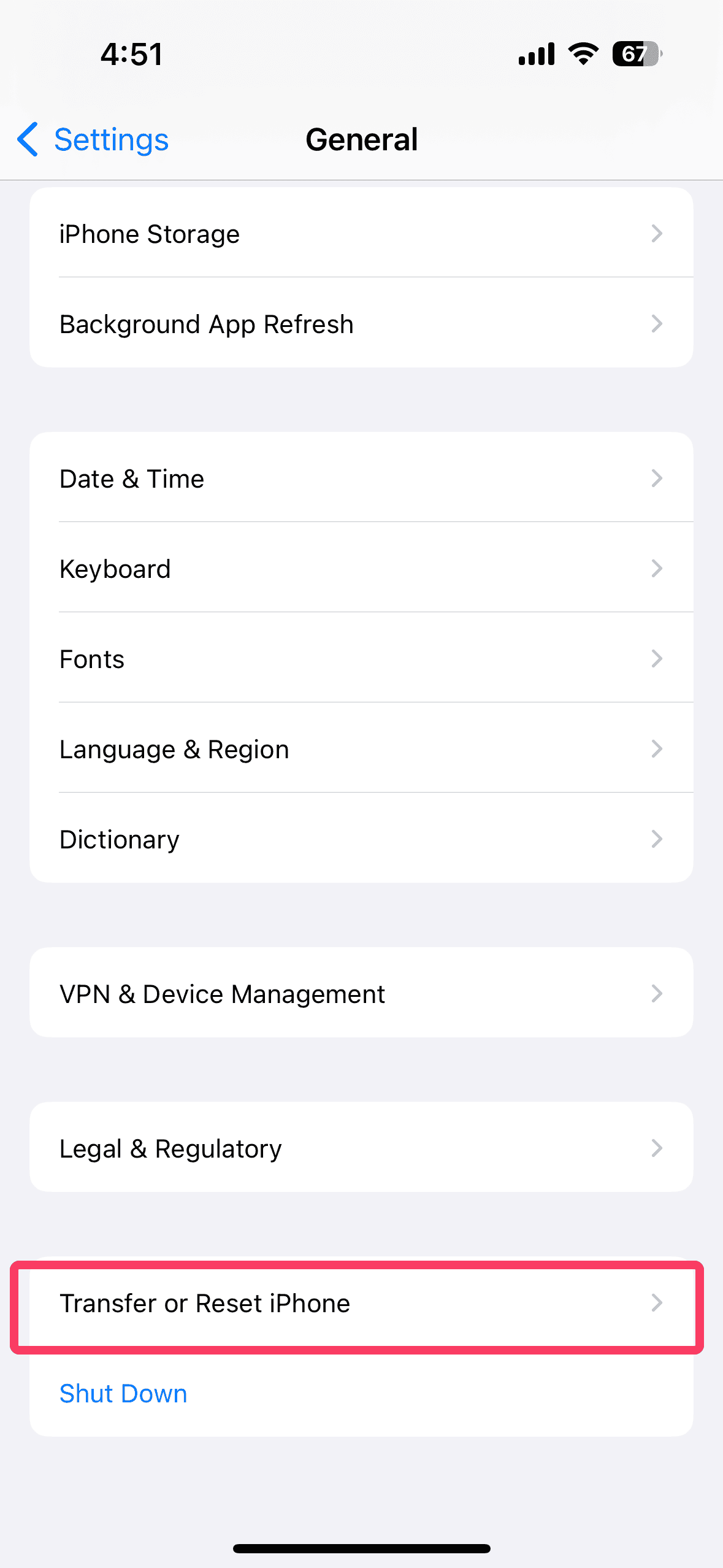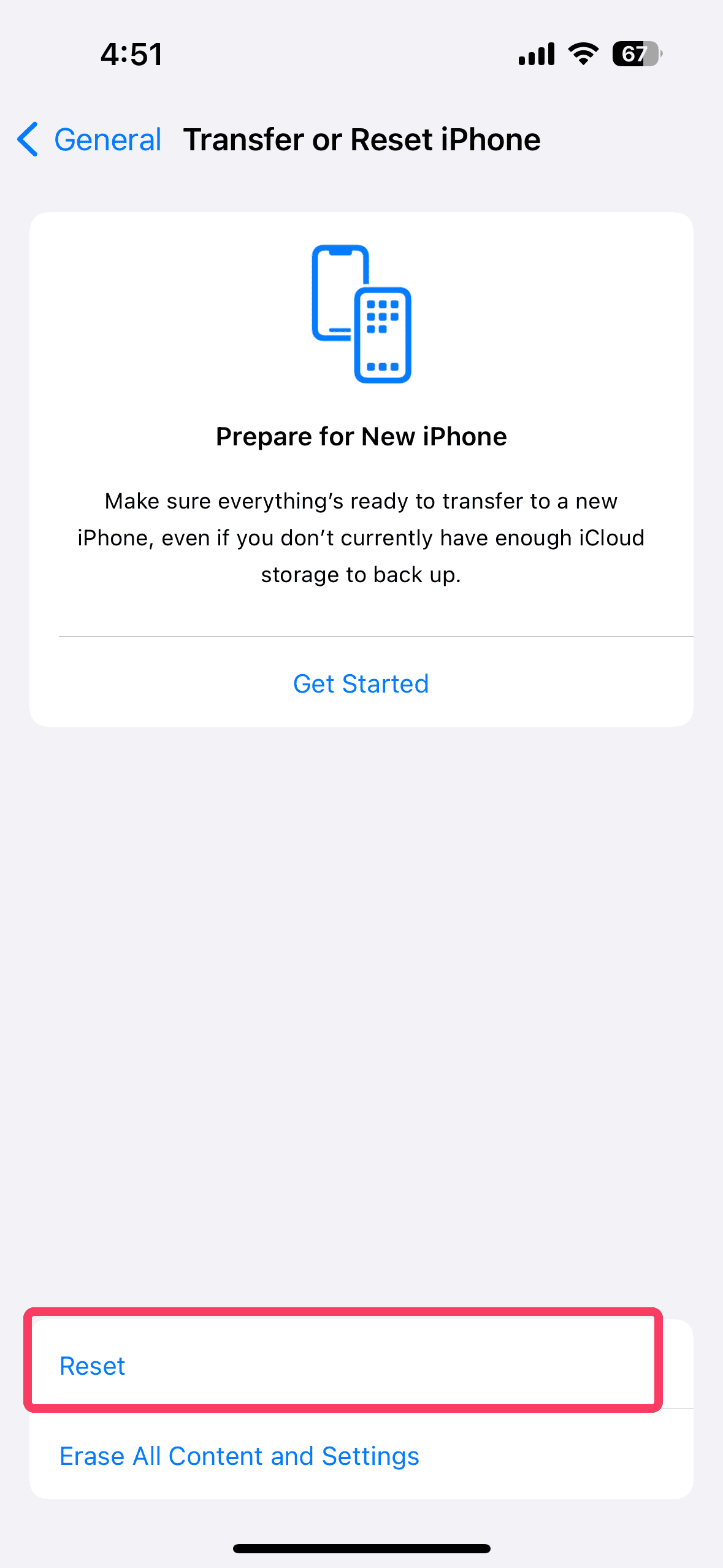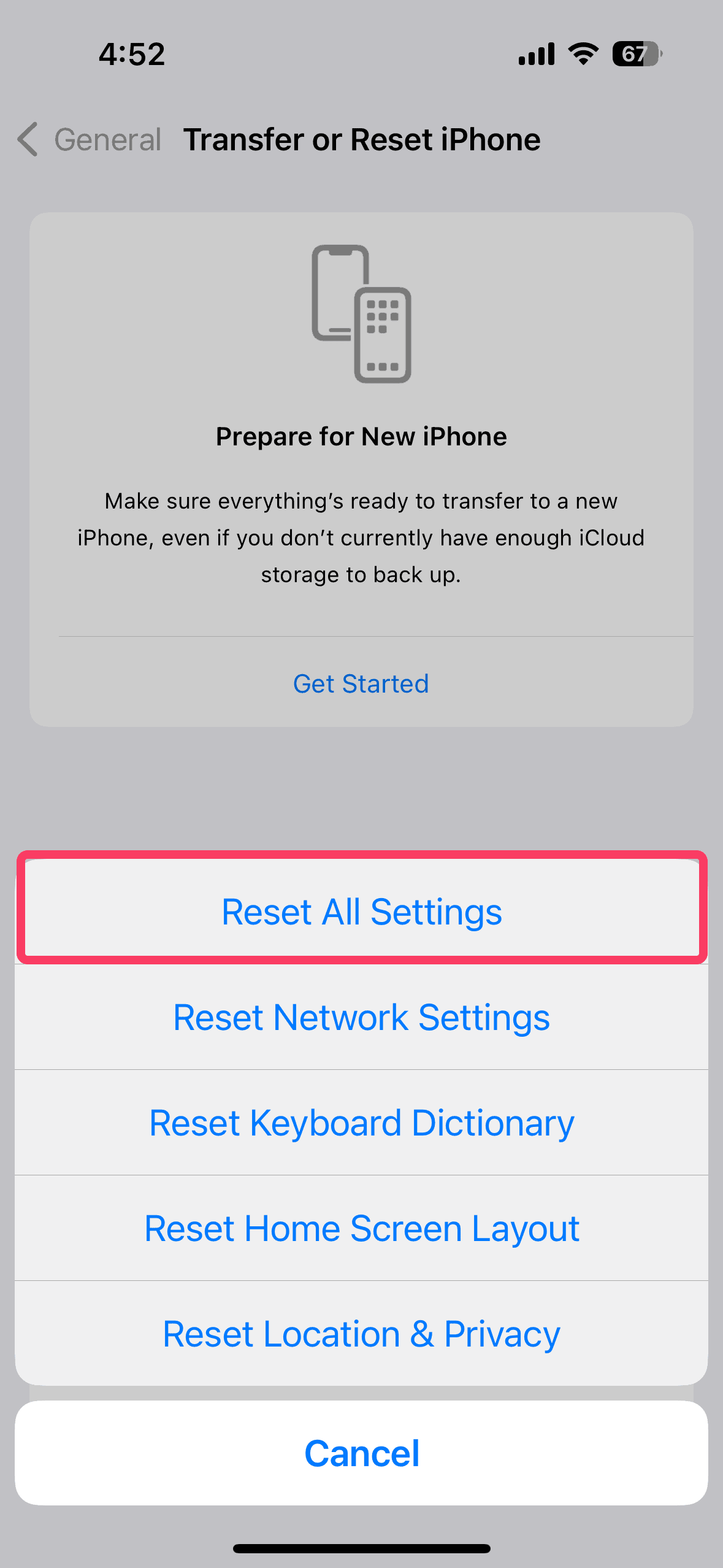Is your iPhone 14 making random calls on its own? It might sound crazy, but multiple iPhone users have been reporting this strange issue where their phone dials numbers all by itself. In the Apple Community, one user even shared that:
“I have an iPhone 14 with iOS 16 and recently it’s been calling my contacts without me touching it, for example lying on a table.“
This can be super frustrating because it not only interrupts your day but also causes awkward situations. But hey, good news! There are actual fixes that you can try to solve this issue effectively. In this guide, I’ve listed a few handy solutions that will stop your iPhone from making calls on its own. Let’s explore.
1. Disable Return Missed Calls
Time needed: 1 minute
The Return Missed Calls option on the iPhone lets you quickly call back someone by swiping on their missed call notification from the lock screen. While convenient, an accidental swipe can sometimes trigger a call you didn’t intend to make. Therefore, it’s better to turn off this feature to avoid any unintentional moves. Here’s how:
- Open the Settings app on your iPhone 14.
- Tap on Face ID & Passcode (or Touch ID & Passcode for older iPhones).
- Enter your passcode when prompted.
- Scroll down to the Allow Access When Locked section.
- Find the Return Missed Calls option and toggle the switch off.
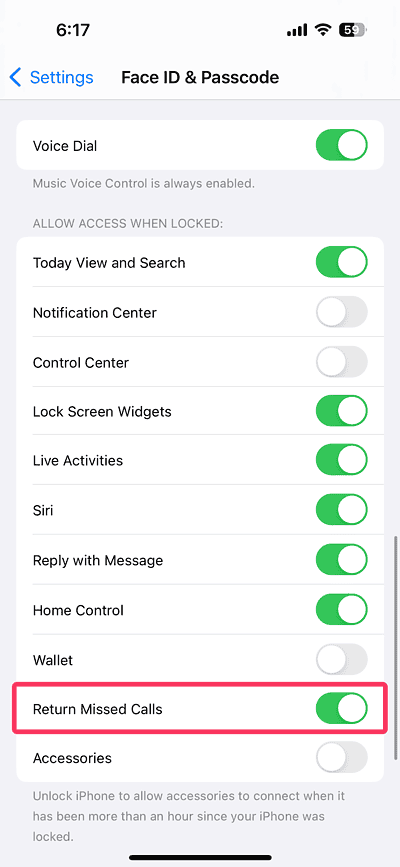
Now, when you miss a call, the “Return Missed Calls” option won’t appear on the lock screen.
2. Deactivate Voice Dial
Next, you should deactivate the Voice Dial feature on your iPhone. Voice Dial allows you to initiate phone calls by saying a contact’s name or number. While convenient, it can sometimes backfire. Background noise, words that sound similar, or even mumbling can trick Siri into making a surprise call.
To avoid these accidental calls, let’s turn off Voice Dial for now.
- Open the Settings app on your iPhone.
- Tap on Face ID & Passcode and enter your passcode.
- Look for the Voice Dial option and toggle the switch off.
3. Turn off Voice Control
Voice Control allows you to operate your iPhone using voice commands. While helpful for accessibility, it could be causing unintended calls if activated accidentally or if it misinterprets your speech. Here’s how to disable it:
- Open the Settings app on your iPhone.
- Tap on Accessibility.
- Scroll down and tap on Voice Control.
- Toggle the switch next to Voice Control to turn it off.
4. Disconnect Bluetooth Headphones
When connected to Bluetooth headphones, your iPhone can initiate calls on its own. This usually happens when you accidentally press the call control button. In other cases, the headphones themselves might have a glitch causing the issue.
To stop these unexpected calls, you have two options: turn off Bluetooth entirely or disconnect your specific headphones. Here’s how to disconnect:
- Open the Settings app.
- Tap on Bluetooth.
- Find your Bluetooth headphones in the list of connected devices.
- Tap the small (i) icon next to the headphone name.
- Select Disconnect (or Forget This Device if you don’t plan to reconnect soon).
5. Check the Back Tap Function
The Back Tap is another accessibility setting you might need to turn off.
This function on your iPhone lets you perform actions by double or triple-tapping the back of your iPhone. But if you accidentally set a Back Tap action to “Call” or a specific contact, your phone might make phantom calls when you accidentally tap it in your pocket or while holding it. So let’s disable Back Tap just to be safe. Here’s how:
- Open the Settings app.
- Scroll down and tap on Accessibility.
- Tap on Touch.
- Scroll all the way down and select Back Tap.
- You’ll see options for Double Tap and Triple Tap. Tap on whichever one you suspect might be causing issues.
- If the assigned action is “Call” or something related to calls (like a specific contact), tap on it and choose None to disable it.
6. Update your iPhone to the latest iOS version
Sometimes, software bugs can cause unexpected behavior like random calls. Updating your iPhone to the latest iOS version can patch these bugs and improve overall system stability. Make sure to download and install the latest update to your device if it’s not already installed. Here’s how to check for updates:
- Open the Settings app.
- Tap on General.
- Tap on Software Update.
- Your iPhone will check for available updates. If an update is found, you’ll see the details on the screen.
- Tap Download and Install (or Install Now if the update has already been downloaded).
Note: Before starting the update process, check that your iPhone is connected to Wi-Fi and has enough battery life.
7. Reset All Settings
Resetting all your iPhone’s settings to their defaults is a trustworthy way to resolve some odd issues you’re suffering on your iPhone. This will reset things like Wi-Fi passwords, Bluetooth connections, and display settings.
- Open the Settings app on your iPhone 14.
- Scroll down and tap on General.
- Tap on Transfer or Reset iPhone.
- Tap on Reset.
- Select Reset All Settings.
- Enter your passcode when prompted.
- Confirm the reset by tapping Reset All Settings again.
This process might take a few minutes to complete. Once your iPhone restarts, you’ll need to reconfigure some of your settings.
 NOTE
NOTE
8. Contact Your Wireless Carrier or Apple Support
If you’ve tried all the above solutions yet your iPhone 14 is still making random calls, it’s time to call your carrier. It might have insights into what network issues or SIM card problems could be causing the issue.
Likewise, you can seek help from Apple Support team. They can further diagnose the problem, suggest additional troubleshooting steps, or even arrange repairs if necessary.
